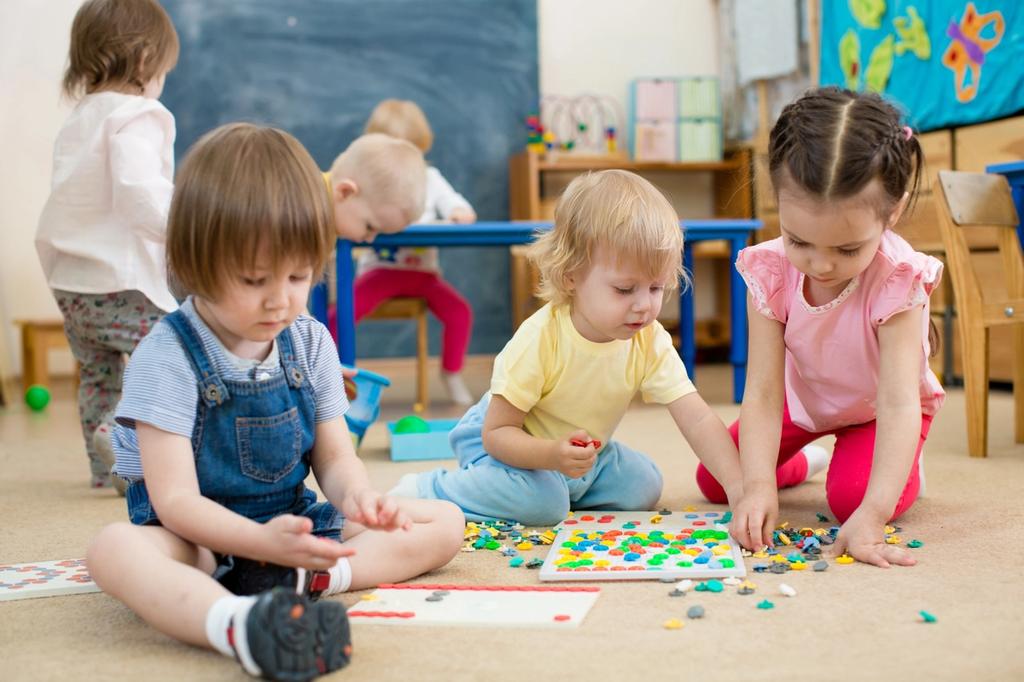
Company Blog
The Technology and Services Driving the Future of Classroom Safety
Classroom safety is evolving, and technology and tech services are leading this charge. Discover the future of school safety in this article.
Technology has been a driving force behind safety. Often, we think of technology protecting us from online threats, such as hackers, viruses, and identity theft.
But technology goes far beyond that in its ability to keep us physically safe as well. Businesses, financial institutions, and governments all have means to detect intrusions. They limit access to people and spaces that need to be secure.
This world of technology is expanding its reach into classroom safety. More than ever, schools need to rely on keeping intruders out and protecting their students. The mission of many school districts has been to limit who and what can enter a school building.
Increased Focus on Classroom Safety
While there is no guarantee that any school will ever be completely safe, safety is among the top priorities for school officials. Students, teachers, and staff should feel safe in the school environment. They should also feel that the school is doing everything possible to keep them safe.
Districts need to establish the safety measures expected within each of their buildings. The plans should be a collaborative effort between parents, students, educators, and other community leaders. Districts should also annually review and update their plans as appropriate.
A comprehensive safety plan within the district should include the following:
- Emergency operations and crisis response
- Prevention and recovery for each school
- School safety drills
- A coordinated system of communication
The plans of schools should include not only the means to keep everyone safe but practicing the response to an emergency. Safety readiness also involves preparation. This could consist of drills or involving local fire department or law enforcement.
How Schools Can Use Safety Technology
Beyond a fire or natural disasters, schools have to increasingly face threats from violence within the schools. The increase in school shootings has shown that any school can be vulnerable to this type of violence.
Schools and communities can hope that nothing tragic ever occurs within their own walls. At the same time, they also need to be prepared to best protect students. Technology can work to mitigate a threat, as well as allow staff to respond quickly should a threat occur within the building.
By implementing various technologies, schools can ensure they are doing everything within their power to safeguard the well-being of their staff and students.
Security Cameras
Security cameras are widely used within schools, with up to 94% of high schools having cameras on campus. This number has more than doubled in the past ten years.
Cameras allow the schools to monitor entrances, hallways, and the school grounds. They deter crime, such as vandalism and trespassing. And in the event of an incident, they can be invaluable in gathering evidence.
Metal Detectors
When it comes to detecting outside threats, metal detectors are very effective at alerting school personnel of attempts to smuggle items into the school. Whether a student is bringing something into the building with the intent to cause harm or to show it to a friend, metal detectors can keep such items from coming into the building.
Metal detectors can be used for firearms, knives, bombs, and other dangerous items. While not foolproof, they can dramatically lower the risk of an incident within a school.
Panic Buttons
Panic buttons can be used to immediately alert school officials to an incident. Teachers can push a panic button, and GPS tracking can pinpoint the exact location of the alert. Panic buttons also have portability so that if a staff member is on the move, the location continues to be tracked, allowing for a more accurate response.
Door Barricade
If a threat enters the building, a door barricade can turn any classroom into a locked-down room. Technology allows the activation of a door barricade to immediately alert key personnel. This not only protects everyone in the classroom but also speeds up the response time.
A New Focus on Health Safety
The COVID-19 pandemic brought a new threat into the school building and an invisible one at that. With children unlikely to display any symptoms of the deadly virus, schools were forced to shut down. At the onset of the 2020-2021 school year, 74% of the nation's largest 100 school districts were operating with remote learning.
But as the pandemic continued to drag out for months, many school districts looked to ways that they could open safely. Pediatricians and educators alike have concerns about the impact on children's learning from being away from the classroom for so long.
Even with the introduction of a vaccine, COVID-19 is not going to disappear. Schools will face increased safety precautions for an unknown length of time. To re-integrate students into the classroom, they have to determine the measures needed to keep virus exposure to a minimum.
Bringing Safety Readiness to Schools
By being proactive, schools can reduce the chance of violence and damage within their buildings. Crisis plans that are thorough and practiced give staff the information they need to respond in an emergency. While every school is different, general guidelines regarding classroom safety can be implemented within any school.
Safe, nurturing environments are necessary for students. With the right technology in place, schools can better prevent an incident from occurring and equip their staff for crisis response. Technology can do its job to keep students safe and allow teachers to focus more on learning.
At Premier Wireless, we provide schools with the technology they need for school safety. Click here to read more about our education solutions.